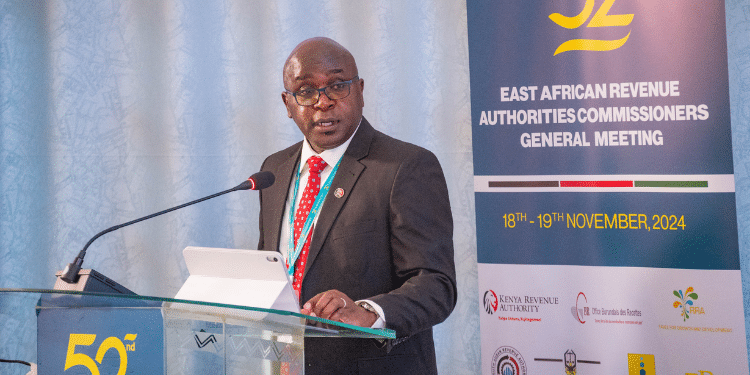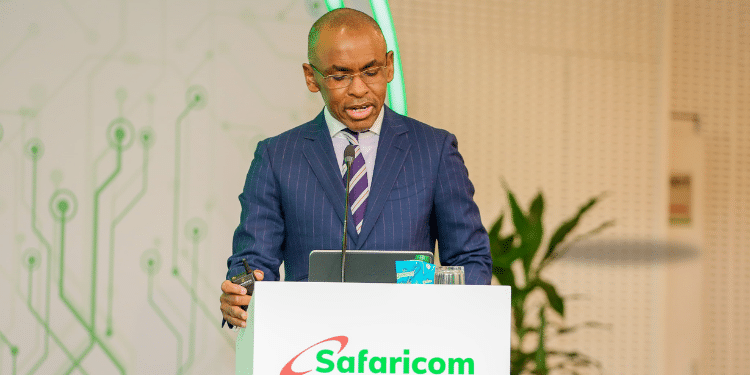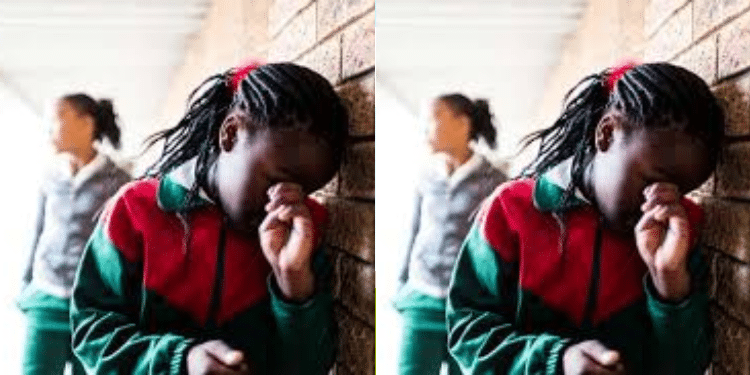As the holiday season drew to a close, millions celebrated Christmas, Boxing Day, and New Year with family, friends, and colleagues. But were these truly festive occasions, or a masked “pleasanteeism” crisis fueled by the rising cost of living and deteriorating mental health?
While festivities traditionally evoke images of genuine joy and connection, a growing number of individuals admit to experiencing pleasanteeism. This phenomenon, characterized by faked cheerfulness, arises from societal pressures to appear happy even when struggling emotionally or financially.
Festivities vs. Pleasanteeism
True festivities are about authentic celebration, but pleasanteeism forces people to mask their struggles. According to Professor Gary Martin of the Australian Institute of Management, “Those who have succumbed to this affliction wear a mask of pleasantries to hide their true feelings. Their goal is to avoid being seen as disruptive or problematic by family, friends, or colleagues.”
Also Read: President Ruto and First Lady Rachel Share Christmas Message for Kenyans
Victims of pleasanteeism describe the emotional toll it takes on them. “I spent Christmas smiling and laughing with my family,” says Sophia Amina, a single mother in Nairobi, “but inside, I was panicking about how I would pay for my children’s school fees in January. I couldn’t let them see that, though. It would ruin their happiness.”

For James Ochieng, a marketing executive, the holidays were a time of profound stress. “Everyone expected me to host the family lunch because I always do, but this year, I couldn’t afford it. Instead of admitting that, I went into debt to meet their expectations. Pretending everything was fine drained me emotionally and financially.”
The Mental Health Toll
Dr. Martin Ali, a mental health expert, warns that pleasanteeism has serious consequences. “When individuals suffer in silence, they are not only damaging their mental health but also straining their relationships and workplace productivity. In the long term, this charade can lead to burnout, isolation, and deteriorating well-being.”
These warnings resonate with Nancy Wino, a high school teacher, who describes her experience: “I felt like I was performing in a play. Everyone around me seemed so happy, and I didn’t want to be the one to bring them down. But every smile I forced felt heavier than the last.”
The rising cost of living exacerbates this issue. Many people feel compelled to maintain appearances during gatherings, despite financial struggles or emotional distress.
Breaking the Cycle
To address pleasanteeism, families, friends, and workplaces must foster environments where individuals feel safe expressing their true emotions.
Experts recommend the following strategies:
Normalize Vulnerability: Encourage open conversations about mental health and stress.
Set Realistic Expectations: Focus on meaningful connections rather than material displays.
Offer Support: Be attentive to signs of distress in others and offer help or a listening ear.
Practice Self-Care: Encourage individuals to prioritize their mental well-being, even during busy festive periods.
Also Read: Kindiki Shares New Year Message Amid Reports of Fallout with Ruto
Victims of pleasanteeism emphasize the importance of these changes. “I just needed someone to ask if I was okay,” says Sophia. “Instead, everyone assumed I was fine because I was smiling.”
A Call for Authenticity
The festive season should be a time of genuine joy, not forced cheerfulness. By acknowledging the challenges many face, and addressing the pressures of pleasanteeism, we can create a more inclusive and supportive environment for everyone, regardless of their circumstances.
As the new year unfolds, let us aim for authenticity in our celebrations and interactions. True festivity lies not in the perfection of appearances but in the honesty of shared experiences.
Follow our WhatsApp Channel and join our WhatsApp Group for real-time news updates.











































































